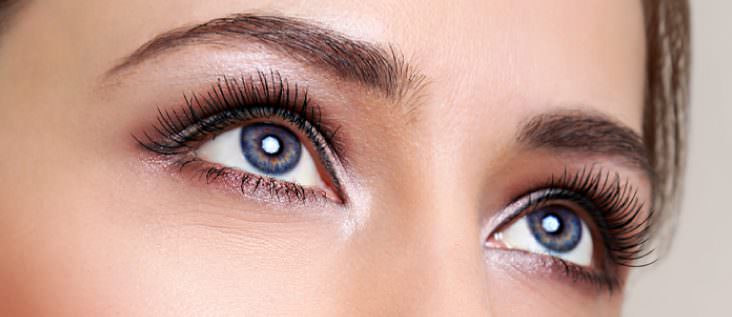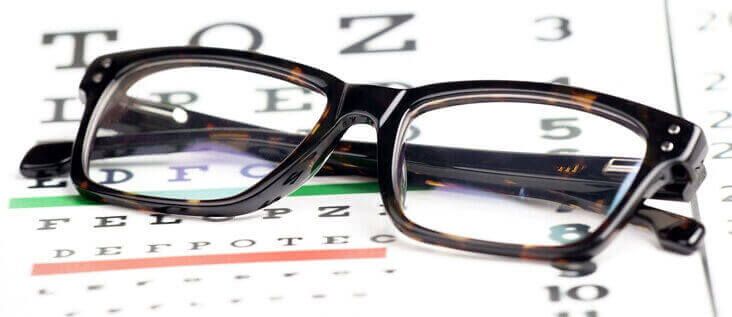
Email Us : [email protected]
Contact : +1 (403) 255-2826



Putting a drop of solution into the eyes seems like a simple thing to do. That is until you have to do it! Eye drops are often used to treat a wide variety of eye conditions and diseases. Glaucoma, dry eye and certain eye infections, are just a few examples where drops may be used for treatment. In many cases, eye drops are essential in the preservation of ones eye sight and eye health. Therefore, it is important when using eye drops, that you know how to put them into your eyes correctly!

With January being the start of a new year, often people are in a mood for change! If you are a full time glasses wearer, a change may be to introduce contact lenses to correct your vision. Wearing a contact lens can really help improve an eyeglass wearers life in so many different ways. Being free of wearing eyeglasses offers a cosmetic change and also freedom and flexibility that eyeglasses can’t. Here are just a few reason’s why people may consider wearing contacts.

A new year is often a time when people make a conscious effort to change different aspects about their life. Some of the more popular New Years resolutions are to lose weight, get it shape, stop smoking… A New Years resolution can be anything…. Even new, bigger, beautiful lashes!!! If you’re wanting to make a change to your appearance that will enhance the natural beauty of your eyes, there is a new lash enhancing option for you! Here at the Glenmore Landing Vision Centre, we are pleased to now be offering Latisse ® eyelash enhancing treatments to our patients!

Many people think that if they have an astigmatism, they have a special eye condition. However, astigmatism is a very common vision problem. An astigmatism is a refractive error in vision, just like being farsighted or nearsighted. It is caused by having an eye which is not shaped round or spherical, but more like an egg or football. This causes light to bend in different directions and not focus on the back of the eye properly. A recommendation for vision correction will be made, if you are found to have an astigmatism during your vision exam. Astigmatism is normally corrected with eyeglasses or contact lenses. Some patients may even get their astigmatism corrected with laser eye surgery.

It’s spook season! You’ve picked out the perfect halloween outfit. But now, you’ve decided that what will really put your costume over the top, is adding an eye-popping touch! A crazy looking pair of halloween contact lenses that you saw at the party store will really complete your look! Well, if you think that this is a great idea… think again! Many people aren’t aware of the dangers associated with wearing costume contact lenses. Contact lenses, such as these can cause irreversible damage to eye health. This can result in decreased vision or in extreme cases even permanent vision loss!

After having your eyes examined, you may notice that there is an expiry date on your new eyeglass prescription. Often, people will question why this expiry date is there. Especially, if the individual feels that they are in good health and have good vision. Most optometrists will usually mark a prescription date as valid for 1-2 years after a full eye health and vision check. There are many reasons and factors that an optometrist will consider before determining a prescription’s expiry date. Our blog article examines some of the reasons which determine when an eyeglass prescription expires.

There are some common terms that you may hear during your visit to your optometrist and one of them may be the word “astigmatism”. This is because an astigmatism is a very common eye condition, which tends to occur in everybody to a certain amount. Most amounts of astigmatism can be corrected by either eyeglasses, contact lenses, and in many cases even eye surgery. But for many people who have an astigmatism, they don’t know what it is, why they have it, or what the options are for astigmatism correction.

Since the invention of the contact lens, there has been big changes to conatact lens materials, designs, and lens replacement schedules. Just a few short decades ago, conventional lenses that were replaced every one to two years were the norm, but slowly with advancements in lens materials and designs, lenses were designed to be replaced more frequently, such as every two to four weeks. But with the invention of the daily replacement contact in 1996, momentum in daily lens replacement has quickly been gaining ground. Patients are looking for an easier, more convenient way to wear contact lenses, and eye care professionals are looking for healthier contact lens options. Therefor, more and more people have been switching to daily disposable contact lenses. New daily disposable contact lenses provide the contact lens wearer with many advantages over older, longer wear, extended use, contact lenses.